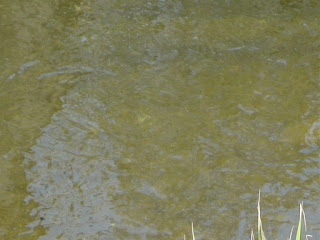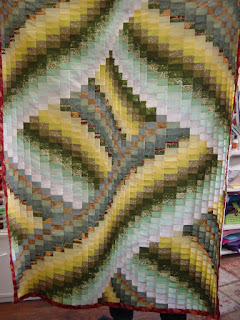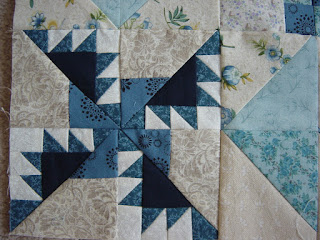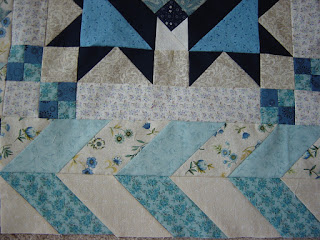Every now and again, one meet a special treasure. If they are meant to cross our paths and meet us, they will. This is the story of two stitchery samplers:
They come from Wales, two of the samplers is still in Catherine's family. The third one, is a mystery. She knows there was a third one, but alas it seems to have disappeared over the years. Her samplers came to Canada, in the 1960's when her own Mother went back to Wales for a visit. Catherine received these two in 1995. She took it upon herself to have them mounted on acid free paper and have them mounted behind protective glass. Preserving them for generations still to come and enjoy.
Unfortunately, the first sampler was washed in 1934, left in the sun to dry on the lawn, on top of a linen towel. It has faded a bit, the intentions was good at the time. Today we know not to do this.
These samplers have been passed down the Maternal line, of the Hampson family. One daughter placed them in a garage, which was left behind with some other heirlooms, when she moved. Granny discovered this, retrieved them and gave them to her daughter-in-law. A very wise woman!
They also had the pleasure to spend some time with a Spinster Aunt, who got married at 40 years and had two babies by 43. Their journey has been incredible, as for the women, they are strong and are trailblazing a path, in the world.
The first one, is a classic alphabet sampler, done by Catherine Haywood dated 1865. The function of an embroidered sampler was for two reasons. A record of stitches and educational for learning and practice.
The second one, is the most unique sampler. The linen has a water colour painting on it. Some of the areas was not stitched, this allows one to see the artist ability, at such a young age. This sampler was finished at the tender age of just 10 years old. The stitching is exquisite. The composition and balance of the whole picture is done with amazing ability. It is not just a sampler, with lots of random motifs added and stitched.
This is a true work of art, done by Mary Ann Young 1829. Her family, affluent tenant farmers, lived in North Wales, near the river Dee. Close neighbours, included the Stokes family. Catherine Rankin Stokes, came to Canada in 1798, which shows they became family as well, through marriage.
A beehive with bees. The beehive of hardworking people, working towards the same goal. Honey was used for a complex variety of reasons. It is not a common sight on samplers, a few that have this on the samplers date from 1700 to 1800. As for the water colour painting on the linen, have tried to find some with this feature, have not found any yet, especially for the era when this sampler was stitched.
As for the vine border, found this drawing in Averil Colby's book on samplers. They appeared on some of the early samplers from the sixteenth century, but did not provide inspiration for more than a hundred years, before going out of fashion.
The birds are detailed. Attention to detail for every part is evident everywhere, be it the farmer, the shading of the soil, berries or the house, not to mention the tiny bees and butterflies.
Here one can see the painting on the linen. It is a fine linen. The stitches are tiny.
It has a squirrel, with its own feast, holding up a berry or an acorn? These critters represented mischief in Northern symbolism.
The use of many designs, may have their roots deeply steeped in superstition and Religious conviction. Be it conscious or not.
The Alphabet Sampler. It is a sampler, with a frame, lots of little motives, including a red house with chimneys. This is something which one will find, especially on Welsh Samplers of this era. It also has a crown on it. Allegiances was transferred to needlework, as was the fashion of the day.
A pair of birds, one male and one female. This piece had lots of bands, for practicing, repeating patterns.
Young girls used stitching, to learn. The requirements to navigate life back then, was vastly different to our lives today.
The custodians of these pieces from the past, not only preserve them. Look after them, while they are Guardians , until they are passed on to the next generation to become the keeper of the gifts from the past.
Thank you, Catherine for sharing your Heirlooms with us, may the inspire many to do greater things in the world.

























































